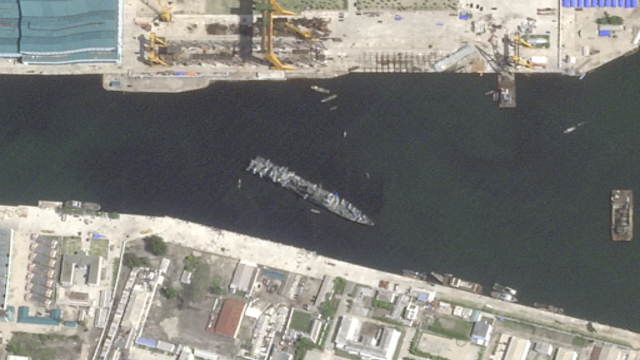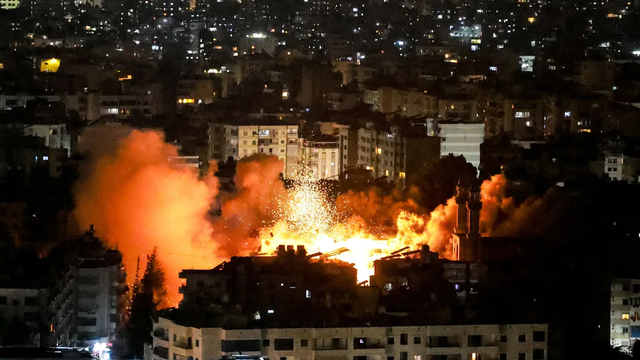
An aurora borealis visible in the sky of Riaille (Loire-Atlantique), May 10, 2024. (ESTELLE RUIZ / HANS LUCAS / AFP)
On the night of May 10-11, a captivating natural event occurred when the Northern Lights became visible in various parts of the northern hemisphere, including France. This spectacle was the result of a powerful solar storm, which sent a massive stream of particles from the Sun racing towards Earth, coloring the sky in shades of pink and purple. Looking ahead, similar solar storms are expected to strike Earth, with one potentially occurring on Friday, May 31, as reported by Space Weather Watch. These events are expected to continue until the Sun reaches its peak activity in early 2025, a phenomenon that follows an approximately eleven-year cycle.
Many of the stunning photos shared online from the night of May 10-11 were captured using smartphones. To help you document such rare and beautiful events in the future, here are some practical tips:
1. Escape Light Pollution:
To maximize your chances of capturing clear images of the Northern Lights, it’s crucial to find a location with minimal light pollution. Astrophotographer Yann Sainty suggests moving 10-15 minutes away from city lights to find a darker spot. While higher altitudes can also be beneficial, the primary goal should be to distance yourself from any artificial light sources.
2. Use Night or Pro Mode:
Modern smartphones, whether iOS or Android, come equipped with features that can greatly enhance your photos in low-light conditions. Most phones offer a “night” mode or “pro” mode, which allows for long exposure times, capturing more light. For those unfamiliar with manual settings, simply activating “night” mode can automatically adjust the settings to achieve the best possible results. If your phone has a “pro” mode, you can manually adjust the focus to infinity, which is ideal for photographing distant objects like auroras. Additionally, setting the aperture to its lowest number will allow the camera to capture more light.
3. Stabilize Your Camera:
Since photographing the Northern Lights requires long exposure times, keeping your phone still is essential. A tripod is the best tool for this job, but if you don’t have one, you can improvise by resting your phone against a solid surface like a window sill, table edge, or tree. This will help prevent blurry images caused by camera shake. While short exposures of around three seconds might be manageable freehand, longer exposures will need the stability that only a stationary support can provide.
4. Experiment and Take Multiple Photos:
Capturing the perfect shot often involves trial and error. Start by taking numerous photos with varying exposure times and settings to see what works best under your specific conditions. Overexposure can occur if the exposure time is too long, especially in brighter environments. Continually review your photos, adjust your settings as needed, and don’t be afraid to experiment with different angles and framing. Taking the time to review and tweak your approach will significantly increase the chances of capturing a few excellent shots.
By preparing in advance and familiarizing yourself with your smartphone’s capabilities, you can reduce stress and increase the likelihood of capturing beautiful images of the next aurora event.















